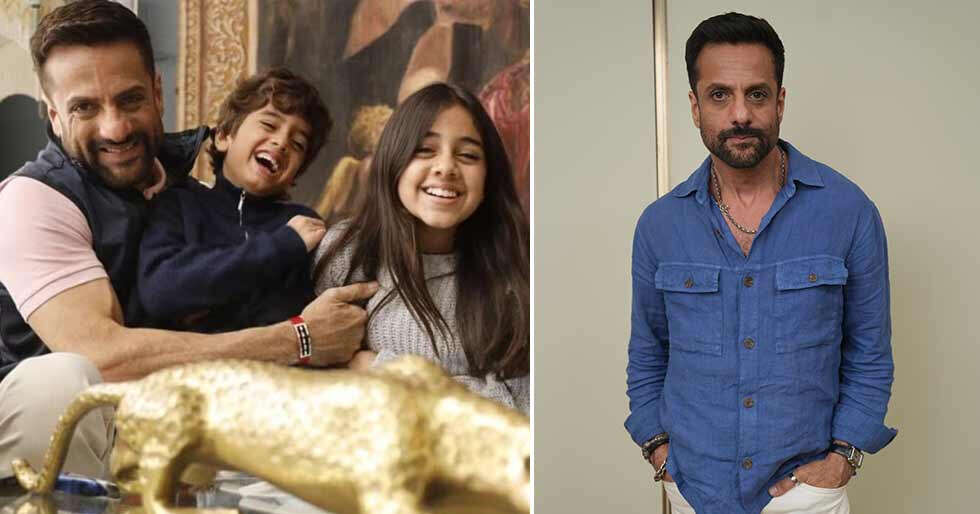How Bollywood’s Future ‘Loin’ Was First Coached To Face Tigers Onscreen

How Bollywood’s Future ‘Loin’ Was First Coached To Face Tigers Onscreen
It was still some years before he attained iconic status as a Bollywood villain while revealing his real identity to the bemused hero in his trademark soft yet menacing drawl, but before Ajit, whose birth anniversary falls on January 27, became the “Loin”, he had to receive a salutary lesson in dealing with big cats onscreen – from Balraj Sahni.
Ajit recalled they were shooting for costume swashbuckler “Dharti” (1970) – a remake of Tamil film “Sivandha Mann” with Rajendra Kumar stepping into the shoes of Sivaji Ganesan, and a scene had him, as the evil Diwan, coming down on a lift with a tiger on a leash to where Sahni was waiting.
However, Sahni refused to go along, noting that he had agreed to “work with humans, not beasts”, and the scene had to be shot without him.
After this, Ajit, in an article for Urdu film magazine ‘Shama’ in 1975, said that he received a tongue-lashing from the veteran actor. As he said that the tiger’s mouth was stitched, Sahni retorted that he had heard Ajit was a hunter and should know that the big cat’s jaws may have been stitched shut but its paws were not.
That may have been the reason when playing DinDayal/”Loin” in “Kalicharan” (1976) – the role that made his name, there was a tiger in that famous scene when he reveals his reality – but safely stuffed.
But Ajit, who went on to refashion the Hindi film villain with his portrayal of “Cool Old Man” Teja, against the “Angry Young Man” in “Zanjeer” (1973) and many others, was an accidental villain.
Born Hamid Ali Khan in Golconda in 1922 in what was then the Nizam’s Hyderabad, he had never envisioned a film career as his soldier father wanted him to become a doctor or a lawyer.
However, he was indifferent academically and one of his exasperated teachers at the University Arts & Science College, Warangal – where P.V. Narasimha Rao was a senior – advised him to give up and either join the army like his father or become a film actor.
Ajit took the ‘advice’, lied to his father that he had passed, sold his textbooks, and with the Rs 100-odd he got, left for Bombay in the early 1940s to become a film hero, banking on his imposing stature, rough-hewn good looks, and baritone voice.
However, he found the going tough, and out of money, was offered jobs as a rent collector or gateman at a cinema, where he might catch a film director’s eye. However, the proud Pathan refused and hung on – even though he had to make the huge cement pipes at various places in the city his home.
K.L. Saigal-starrer “Kurukshetra” (1945) was his first major appearance and then he got the lead role in swashbuckler “Shah-e-Misr” (1945) but it flopped.
It was then some directors including Nanabhai Bhatt (father of Mahesh Bhatt) suggested he change his “too long” name and filmmaker K. Amarnath suggested that Ajit would suit his personality.
Ajit worked with all leading heroines of his time, save Nargis, but most of the films are obscure, except “Beqasoor” (1950) with Madhubala, “Anand Math” (1952), “Nastik” (1954) – in which Kavi Pradeep’s self-rendered elegy “Kitna badal gaya insaan” is picturised on him – and “Hulagu” (1956), where he serenades Meena Kumari while a ferociously scowling Pran plays the eponymous Mongol ruler, and “Char Dil Char Rahen” (1959).
But lack of success meant Ajit had to soon shift to playing second leads – most notably in “Naya Daur” (1957) and as the loyal Durjan Singh in “Mughal-e-Azam” (1960), both with Dilip Kumar.
It then was close friend Rajendra Kumar who suggested Ajit switch to playing villains instead, and he began with the former’s costumed thriller “Suraj” (1966), and then as the evil Mamaji in Shammi Kapoor-starrer “Prince” (1969).
However, Ajit did not want to only play the traditional, bombastic villain and sought to change them to suave, sophisticated and above all, soft-spoken. And while he could play dacoits too, his forte was the urban villain, fashionably clad with accessories like outsized sunglasses, accompanied by glamorous molls like “Mona Darling”, and relying on a cohort of henchmen, like “Raabatt” (Robert) to do the dirty work.
He complemented the entire package by lowering his trademark voice to a nasal drawl, conveying both menace and mockery. In the process, he gifted Indian jokesters with a variety of catchphrases, straddling English and Hindi, delivered in a deadpan, sardonic style.
Yet, he was not always evil onscreen – IG Ajit Singh of “Dharma” and Inspector Kumar of “Bandhe Haath” (both 1973) and Inspector Girdharilal of “Mr Natwarlal” (1979) were some examples, among his 200-odd films, done till a few years before he passed away in 1998.
By Vikas Datta




